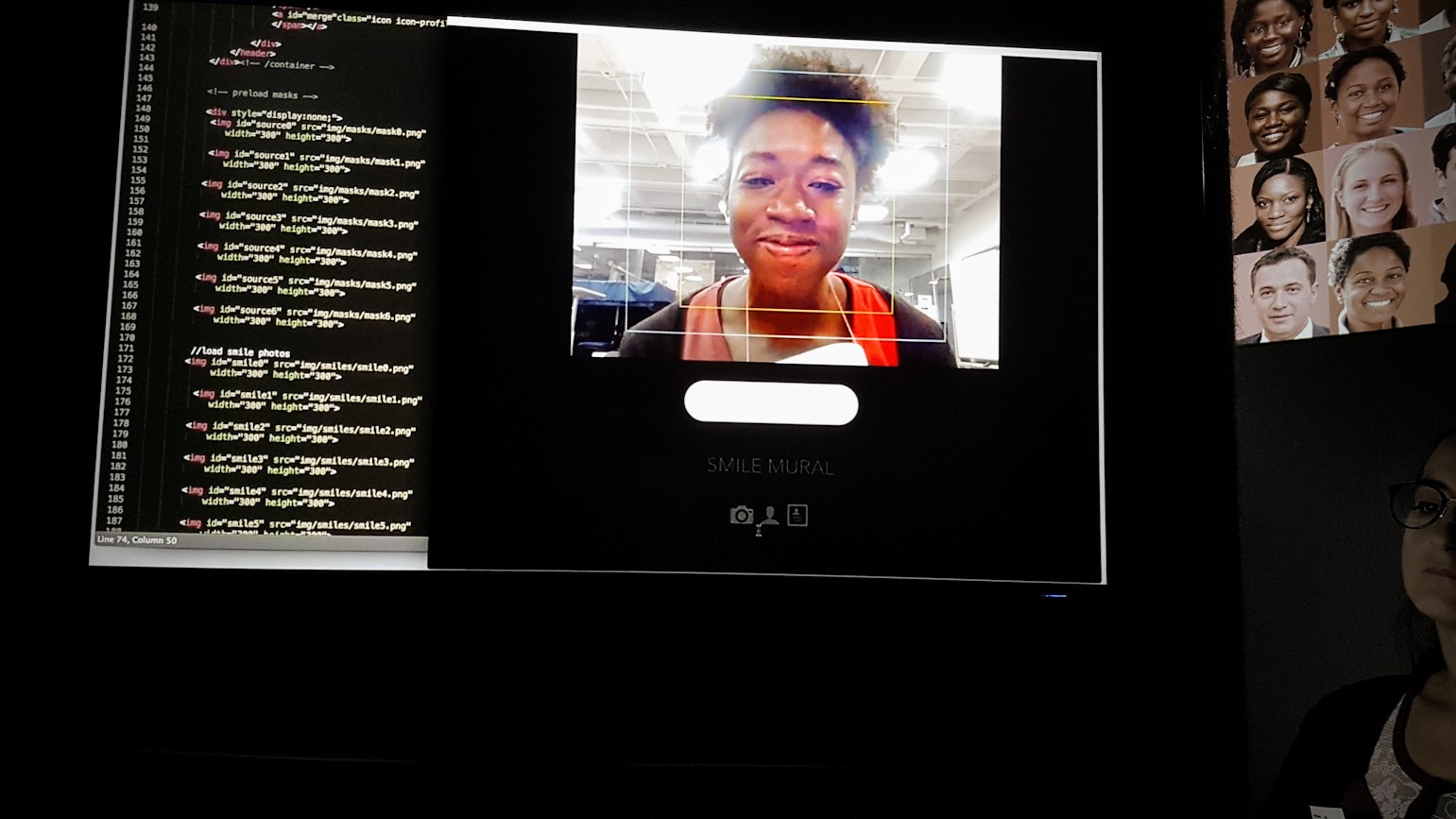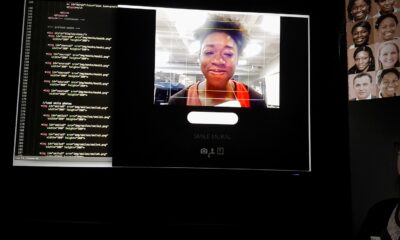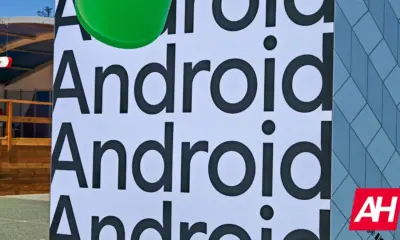Science
Google and UC Riverside Launch New Tool to Combat Deepfakes

The rise of AI-generated videos has raised significant concerns regarding misinformation. In response, researchers from the University of California – Riverside have partnered with Google to develop a new system aimed at detecting deepfakes. This innovative tool, named the Universal Network for Identifying Tampered and synthEtic videos (UNITE), is designed to identify manipulated content even when faces are not visible.
Deepfakes, a combination of “deep learning” and “fake,” encompass videos, images, or audio clips created using artificial intelligence to appear authentic. While some uses may be harmless or entertaining, the potential for impersonation and misleading information poses serious risks. The increasing accessibility of such technology makes it imperative to establish effective detection mechanisms.
Advancing Deepfake Detection Technology
Current deepfake detection methods often struggle to identify forgeries when faces are not present. This limitation presents a significant challenge, as disinformation can manifest in various forms. For instance, altering a scene’s background can distort the context just as effectively as creating fake audio.
UNITE addresses these limitations by analyzing entire video frames rather than concentrating solely on facial content. It examines backgrounds, motion patterns, and subtle inconsistencies that previous systems may overlook. The tool employs a transformer-based deep learning model capable of identifying both minor and major forgeries.
The foundation of UNITE’s technology is based on a framework known as Sigmoid Loss for Language Image Pre-Training (SigLIP). This model efficiently extracts features that are not tied to specific individuals or objects. Additionally, a novel training method called “attention-diversity loss” encourages the system to monitor multiple visual regions within each frame, enhancing its ability to detect a wider array of manipulations.
The collaboration with Google has enabled researchers to access extensive datasets and computational resources essential for training the model across diverse types of synthetic content. This includes videos generated from text or still images, which often pose challenges for existing detection systems.
The Significance of UNITE
The development of UNITE is particularly timely, as text-to-video and image-to-video generation technologies have become increasingly prevalent online. These AI-driven platforms allow virtually anyone to create highly convincing videos, which could threaten individuals, institutions, and, in certain contexts, democratic processes.
Researchers showcased their work at the 2025 Conference on Computer Vision and Pattern Recognition (CVPR) held in Nashville, U.S.. Their paper, titled “Towards a Universal Synthetic Video Detector: From Face or Background Manipulations to Fully AI-Generated Content,” details UNITE’s architecture and training methodology.
As the landscape of digital content shifts, tools like UNITE are poised to play a crucial role in safeguarding the integrity of information. By staying ahead of emerging threats posed by synthetic media, newsrooms and social media platforms can better protect the truth in an era where misinformation is becoming alarmingly sophisticated.
-

 Politics1 week ago
Politics1 week agoSecwepemc First Nation Seeks Aboriginal Title Over Kamloops Area
-

 World4 months ago
World4 months agoScientists Unearth Ancient Antarctic Ice to Unlock Climate Secrets
-

 Entertainment4 months ago
Entertainment4 months agoTrump and McCormick to Announce $70 Billion Energy Investments
-

 Lifestyle4 months ago
Lifestyle4 months agoTransLink Launches Food Truck Program to Boost Revenue in Vancouver
-

 Science4 months ago
Science4 months agoFour Astronauts Return to Earth After International Space Station Mission
-

 Technology3 months ago
Technology3 months agoApple Notes Enhances Functionality with Markdown Support in macOS 26
-

 Top Stories1 month ago
Top Stories1 month agoUrgent Update: Fatal Crash on Highway 99 Claims Life of Pitt Meadows Man
-

 Sports4 months ago
Sports4 months agoSearch Underway for Missing Hunter Amid Hokkaido Bear Emergency
-

 Politics3 months ago
Politics3 months agoUkrainian Tennis Star Elina Svitolina Faces Death Threats Online
-

 Politics4 months ago
Politics4 months agoCarney Engages First Nations Leaders at Development Law Summit
-

 Technology4 months ago
Technology4 months agoFrosthaven Launches Early Access on July 31, 2025
-

 Top Stories3 weeks ago
Top Stories3 weeks agoFamily Remembers Beverley Rowbotham 25 Years After Murder



















